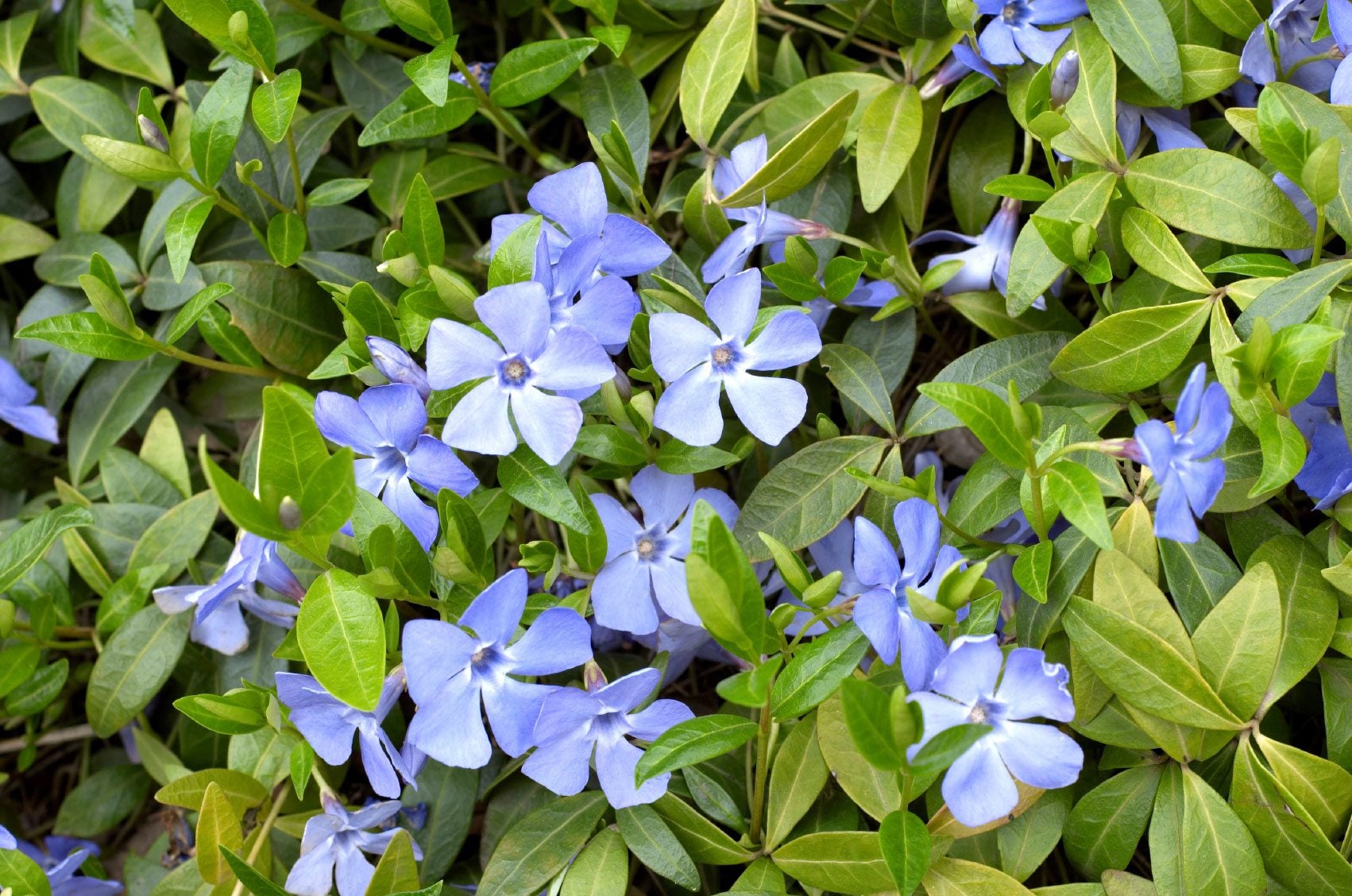Learn More About Ground Covers For Shade

Your garden doesn't have to just be around the foundation of your home or out in direct sunlight. You can find hardy shade ground cover for those areas in your yard that are somewhat blank and shady. There are many different ground covers for shade areas in your yard. You just have to put your imagination cap on and decide exactly what you want to do with those areas.
Suggestions for Ground Cover for Shade
There are some great ground covers for shade. Below are some common suggestions to consider. Hosta - One of the most popular shade ground covers is the hostas. Hosta plants are a great ground cover for shade that can handle shade so long as the soil is well-drained. They look good in foundation gardens, but they also look good when well placed around trees. Periwinkle - If you have a hilly area around some trees, such as on the bank between your yard and your neighbor's, you can plant something like periwinkle. Periwinkle is a great hardy shade ground cover and actually has pretty light blue or lilac-colored flowers. Be careful with periwinkle, however, as it tends to take over the area it is in quite rapidly. Pachysandra - Another popular shade ground cover is pachysandra. Pachysandra reaches up to a foot (0.5 m.) in height and has large, dark green leaves. These are great as a filler for foundation gardens that include larger bushes. As ground covers for shade go, pachysandra is perfect for these areas because it can cover the ground under the bushes and prevent weeds and other things from growing, giving your foundation garden a neat look. Ajuga - A great creeping evergreen plant that quickly fills in empty areas is ajuga. Bluish to purple blooms add to its charm in spring. While ajuga ground cover plants like fairly moist soil, they're adaptable to many other soil types and will even tolerate a little drought. Sweet woodruff - Sweet woodruff is yet another commonly used shade ground cover as well as a fragrant one. The plant has star-shaped whorls of leaves with lacy, white flowers, adding interesting texture to shady areas of the garden. Lily-of-the-valley - Known for its fragrant white flowers, lily-of-the-valley brightens up shady areas of the landscape. Preferring moist conditions, you may need to keep an eye on it since the plant spreads quickly and can get out of hand. Deadnettle - Spotted deadnettle ground cover prefers moist soil but can perform well in a dry shaded area too. The spotted foliage and purplish blooms will highlight shady areas, but be careful when planting spotted deadnettle, as it's known to become invasive under good growing conditions. Golden star - Also known as green and gold ground cover, this plant provides eye-popping, star-shaped yellow blooms amidst a background of green foliage. It loves part shade areas of the garden and performs well in many soil types. Shady areas in your garden call for shady ground cover plants. You don't want to leave shady areas blank because your yard is like an artist's palette. You need to plant what you can where you can. Hardy shade ground cover is perfect for these areas because some flower and others have beautiful, green leaves. These things will pick up those boring shady areas in your yard and complete your landscaping in a nice way.
Sign up for the Gardening Know How newsletter today and receive a free copy of our e-book "How to Grow Delicious Tomatoes".